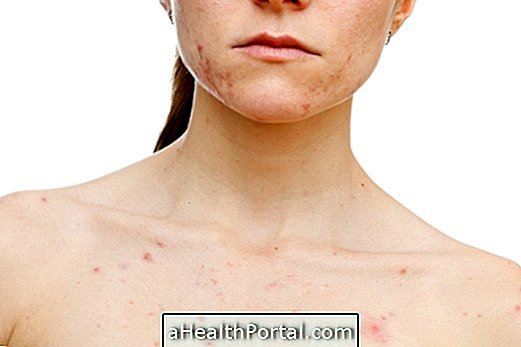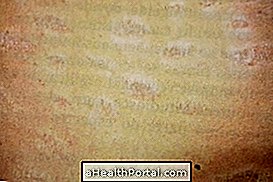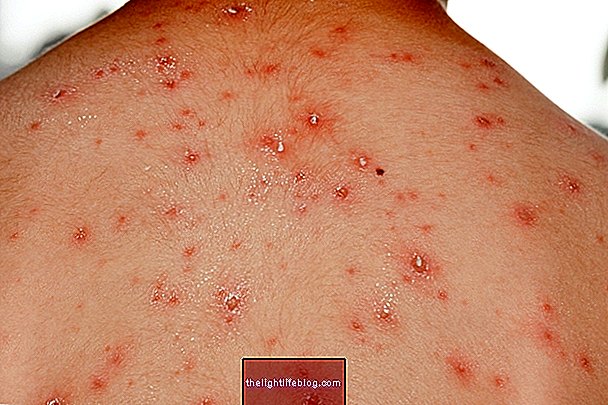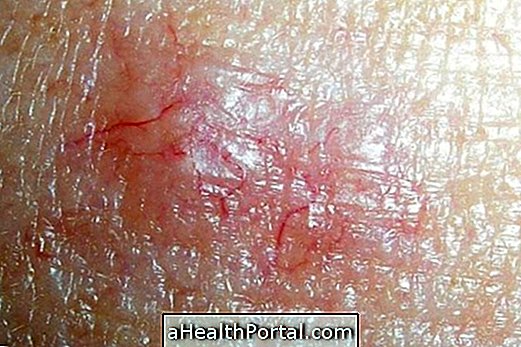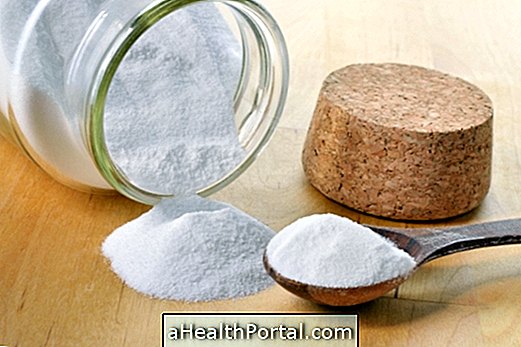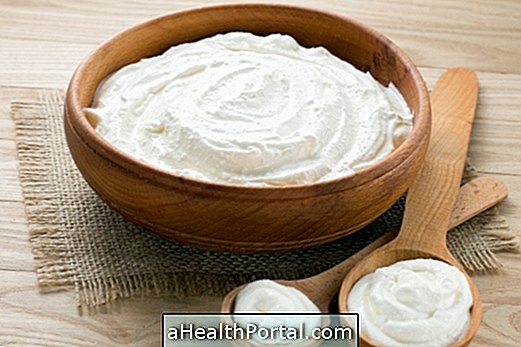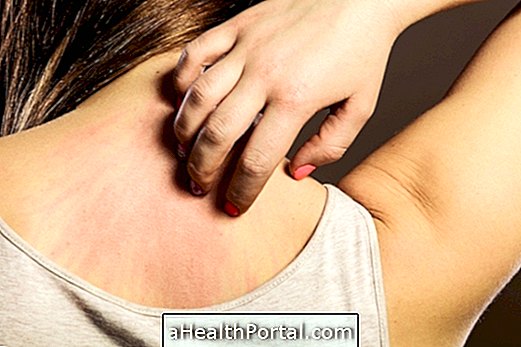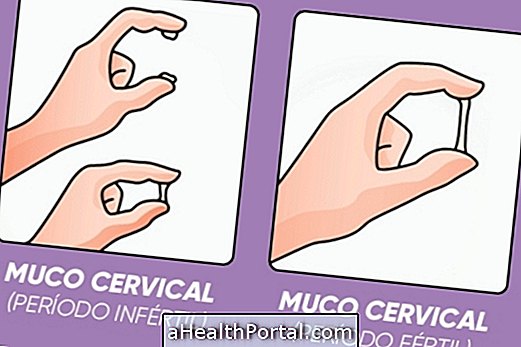Dissidrosis is an intense itching of the hands or feet that leads to small, fluid filled blisters in these places, which intensifies the itching and may last up to 3 weeks.
Usually, dyshidrosis is more common in the summer and begins to appear between the fingers, and over time, it progresses to the palms of the hands or to the soles of the feet. Although the exact causes of this problem are not known, it is usually related to excessive sweat production.
To treat this problem, the most important thing is to consult a dermatologist to start the treatment that is usually done with:
- Corticosteroid creams: Some corticoid-containing creams can be applied to affected skin to help dry blisters, speeding up their disappearance;
- Ointments: The use of some ointments such as Tacrolimus or Pimecrolimus, which are immunosuppressive ointments, reduce the chance of blistering on the skin; however, because they have effects on the immune system, they increase the risk of skin infections;
- Phototherapy: this type of treatment is used when the creams and ointments do not present results, being necessary the use of ultraviolet light to strengthen the skin, avoiding that it is irritated and causes the appearance of the bubbles of dissidrose;
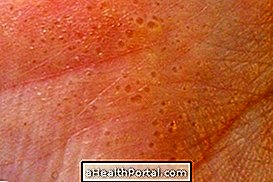

In more severe cases, the doctor may recommend injections of botulinum toxin, also known as botox, to decrease the functioning of sweat glands, controlling skin irritation and preventing the onset of dehydrosis.
During treatment, it is also recommended to make the appropriate hygiene of the affected region with warm soapy water, apply moisturizer 2 to 3 times a day and avoid coming into contact with substance irritants to the skin, such as cleansers.
Dishidrosis ointment
Ointments for dyshidrosis can be used to relieve itching, stimulate healing and moisturize the skin, however, its use should be recommended by the dermatologist. Some ointments indicated for the treatment of dyshidrosis are:
- Immunosuppressive ointments, such as Tacrolimus or Pimecrolimus, that prevent the onset of blisters, but may increase the risk of skin infections;
- Ointment with Clobetasol Propionate, which is intended to relieve itching, and a thin layer should be applied over the area at least 2 times or day for 30 days or as recommended by the dermatologist;
- Urea-based ointments, which exfoliate and moisturize the skin and alleviate the symptoms of dyshidrosis;
- Corticoid ointment, which relieves symptoms, dries blisters and accelerates the healing process.
The ideal is that the ointments have in their composition petroleum jelly, vegetable fat or mineral oil, so that the skin is also hydrated as the treatment is done.
Natural Treatment for Dyshidrosis

A good home treatment for dyshidrosis is to use marigold pads to complement medical treatment. Marigold is a medicinal plant that contains healing and soothing properties that help relieve the intense itching of dehydrosis and dry out the blisters.
Ingredients
- 2 tablespoons of marigold flowers;
- 200 mL of boiling water.
Method of preparation
Place the marigold flowers in a pan with the boiling water and let stand for 10 minutes. Then strain and wet clean compresses into the blends by applying them to the affected skin for 5 to 10 minutes. See another home treatment at: Home remedy for dyshidrosis.
Main causes of deshidrosis
The causes of dyshidrosis are not completely understood, however, it is more frequent during the summer or in phases of emotional stress, seeming to be related to the exaggerated production of sweat that causes irritation in the skin.
Thus, dyshidrosis is not contagious and, therefore, there is no danger of transmission, even coming into direct contact with the skin of another person.
